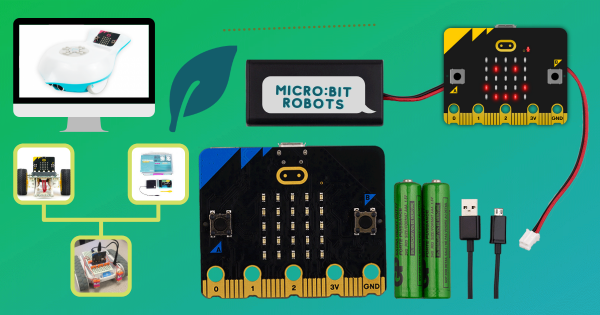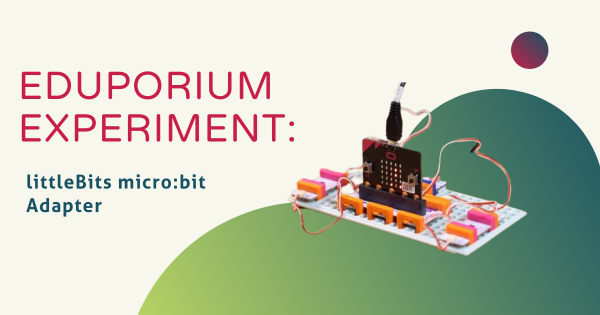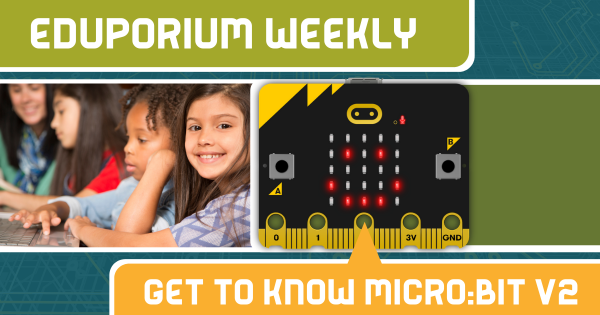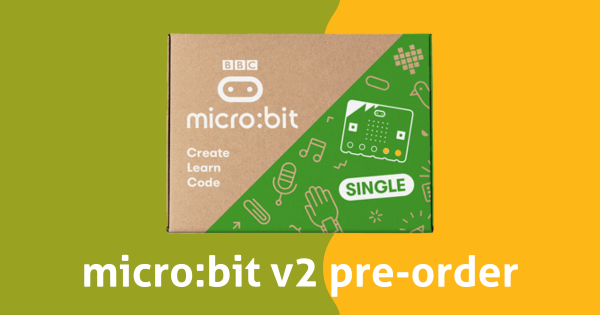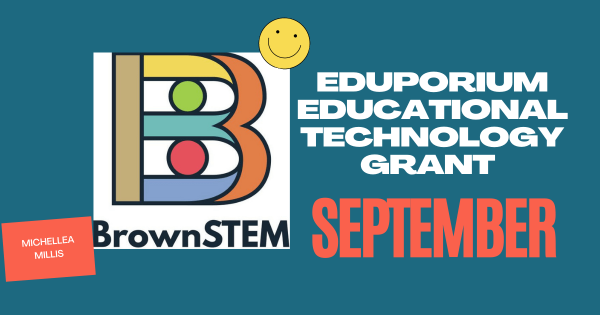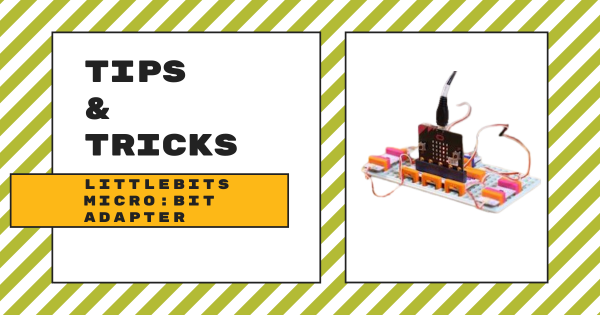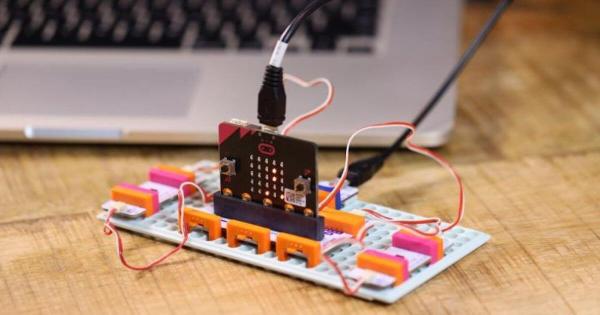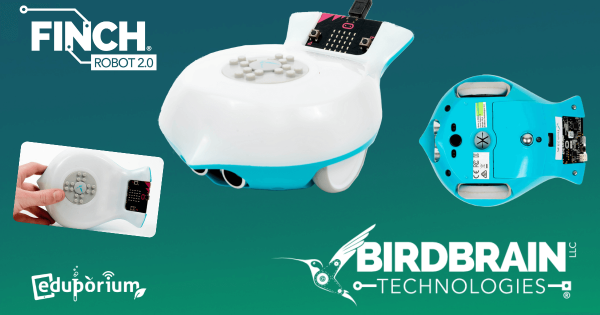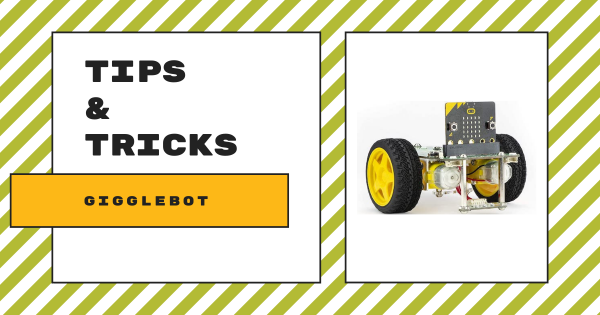Whether students are coding with the micro:bit and MakeCode or using it with other STEAM tools, it’s a powerful tool for CS education in any grade. Speaking of its integrations, the micro:bit is compatible with a number of other technologies, allowing students to add exciting elements to various STEM projects!
micro:bit
The micro:bit V2 is invaluable in coding and STEAM education, offering kids a hands-on platform to explore, experiment, and innovate. With its compact size, affordability, and versatility, it has helped revolutionize teaching computer science and STEM concepts, empowering children to become technology creators rather than just consumers. One of the greatest features of the micro:bit V2 is its accessibility. Designed with simplicity in mind, the micro:bit V2 is accessible to all students, from elementary schoolers to seasoned programmers. Its intuitive block-based interface, supported by both MakeCode and Python, helps students quickly grasp coding concepts and unleash their creativity. Plus, it features a built-in accelerometer, compass, and a temperature sensor, opening up opportunities for hands-on experimentation and real-world applications.
-
Eduporium Experiment | littleBits micro:bit Adapter
For any educator who’s used any of the littleBits tools in the past, their offerings were made that much greater with the addition of the Code Kit. And, with this latest wrinkle thrown into the equation, students now have more ways than ever to design, invent, and code with littleBits! Read on to learn more about the littleBits micro:bit Adapter.
-
Eduporium Weekly | Get To Know The micro:bit V2
In terms of its looks, the micro:bit V2 is very similar to the original micro:bit and even costs roughly the same as well. It has tons of added capabilities, however, and can bring exciting new wrinkles to coding education with the addition of a built-in speaker, a built-in microphone, and a redesigned LED matrix for creating programs. Keep reading to learn more about it!
-
The micro:bit V2 is Now Available for Pre-Order
When it first showed up on the education scene a few years ago, the micro:bit became an instant favorite among STEAM teachers around the world thanks to its pocket-sized portability and simplicity when it came to teaching coding. Now the micro:bit V2 is ready to make its own impact on STEAM education.
-
September Tech Grant: And, The Award Goes To Michellea Millis!
Joining eight previous STEM grant recipients for the calendar year of 2020, we have presented September’s award to Michellea Millis, an administrator with the BrownSTEM afterschool program that’s based in San Antonio, TX. She works with underrepresented African-American and Latinx students to help create STEM experiences and we’re excited to award her this grant!
-
Tips & Tricks | littleBits micro:bit Adapter
To use their littleBits micro:bit Adapter, kids will need a micro:bit V2, which are available on our store separately. The micro:bit board slides easily into the slot on the top of their micro:bit Adapter and fastens securely, allowing students to incorporate MakeCode programs in littleBits circuits. Read on to learn more about this valuable STEAM and CS accessory.
-
New littleBits micro:bit Adapter Now Available
A compact and affordable tool, students can use the micro:bit V2 board to start out with beginner level programming and eventually learn to use it for creating programs with much higher levels of complexity. Its biggest value, however, may come in its compatibility with other teaching tools, including the littleBits micro:bit Adapter among other educator favorites.
-
Get To Know The Finch 2.0 From BirdBrain Technologies
Modeled directly after the original Finch Robot, this latest version provides teachers with a more robust option when introducing students to computer science and key STEAM concepts. It’s even viable in all levels of education from kindergarten to college and utilizes the micro:bit V2 for its processing power. Read on for more about the Finch 2.0 and its six coding options.
-
Virtual STEAM Camp: Read More About Our Grant Award For June!
Once again, we’re excited to share some news about the latest recipient of the Eduporium EdTech grant for the month of June! For the latest grant, we have chosen Sam Yancey, who’s a longtime gifted education teacher in the Haywood County School District in North Carolina! Sam is an avid lover of STEAM education and has used an extensive list of EdTech tools.
-
Tips & Tricks | Dexter Industries' GiggleBot
The GiggleBot is the main component of this micro:bit-powered robot and construction kit. It boasts a variety of programmable features, including its brightness sensor, LEDs, motors, and a line following device. Children can assemble it in as little as five minutes and it includes everything that they’ll need—just connect the batteries, micro:bit, and wheels to get started!
- Page Previous
- Page 1
- You're currently reading page 2
- Page 3
- Page Next




